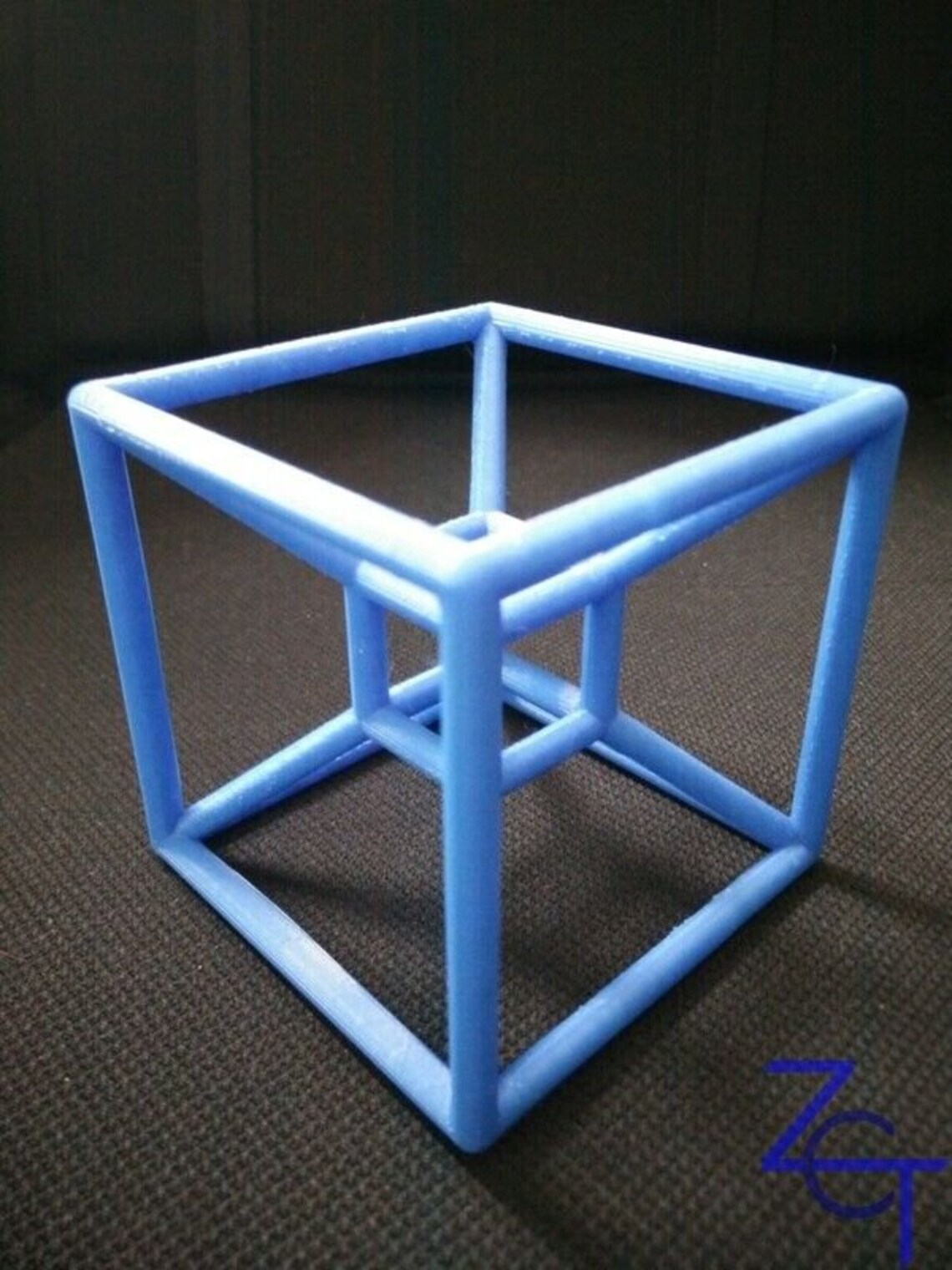

However because there are different mathematical interpretations of where zero lies on any particular axis, it’s difficult to pinpoint exactly when one dimension becomes another. For 3D space, you would need three numbers – height x width x depth = (x,y,z). Simply put, dimensions are used to define a geometric object or shape with one or more number that specifies its size and/or position within a coordinate system.įor example, in two dimensions, you would need two numbers to define an area of space – for example height and width (x and y) would be two separate numbers. To understand how we experience a 4th dimension in our day-to-day lives, we must look at what dimensions are in terms of mathematics. Where does the 4th dimension lie in our everyday life? To answer how does time relate to space?, I will give you some real world examples from my personal experiences. On top of that, we experience different objects moving relative to other objects with respect to gravity, like vehicles moving on roads, airplanes flying through air and rockets propelled by water again showing us how objects move in space with one another. The fact that we can understand 3D (and some 2D images) and incorporate depth perception into our everyday lives gives us an understanding of what it means to move in space. But how does time relate to space? Humans can physically perceive three dimensions (3D) and we have accepted a third spatial dimension (depth, or z-axis). The 4th dimension is generally regarded as time.
#4TH DIMENSIONAL HYPERCUBE PLUS#
In other words: The time dimension ( 4th dimension) consists of all points in space-time past, present and future (all 3 spatial dimensions plus time). The space time cube has an upward view of 3rd dimensions, a forward view of 4th dimension, a right side view of 5th dimensions, and left side view of 6th dimensions. The 4th dimension can be used to store infinite information. What can you do with this extra dimensional space? So instead, we just refer to it as the fourth dimension when discussing mathematics. We know that time exists and we can name it (though there are some who disagree with its existence), but we don’t currently have a way to attach an official label to our 3rd dimension’s counterpart. It’s because of these complications that no one has yet been able to name a 4th dimension. The math involved in creating a four-dimensional system isn’t terribly complex, but it does get very complicated very quickly. One often speaks of the lower dimension of space, which moves in a direction perpendicular to the three-dimensional space. When we speak of the fourth dimension, it is generally regarded as space-time. The basic idea or idea behind the four-dimensional theory is based on the concept of extra-spatial dimensions. If you say that we live in a four-dimensional universe that is described by the structure of space-time and not in a three-dimensional universe in which we have three spatial and one temporal dimensions, then you do not separate any units from each other, and that is correct. So when we think about the fourth dimension, what exactly do we mean? In physics and mathematics, a dimension can refer to a specific measurable quantity or quality of something (like time or temperature), and we can also speak of spatial dimensions (length, width, height).įor example: it takes time to get somewhere because you travel through four dimensions-the three physical dimensions plus time. But imagine being able to move in a fourth direction! This would be like adding an extra degree of freedom to our movements in space.īy definition, dimension refers to any property that characterizes something. We are often taught that there are three dimensions: up-down, left-right, and forward-backward. But how many dimensions of time? What is the 4th dimension? These refer to measurements in space.įor example, your bedroom measures 8 feet by 6 feet by 7 feet high - or 208 inches by 126 inches by 492 inches - across all four dimensions. You might also know them by their Latin names: longitudo, latitudo, altitudo and tempus. In physics and mathematics, there are four basic physical dimensions of length, width, height and time.


Where does the 4th dimension lie in our everyday life?.What can you do with this extra dimensional space?.


 0 kommentar(er)
0 kommentar(er)
